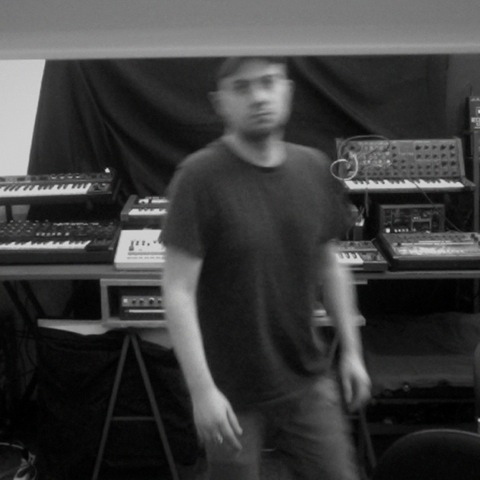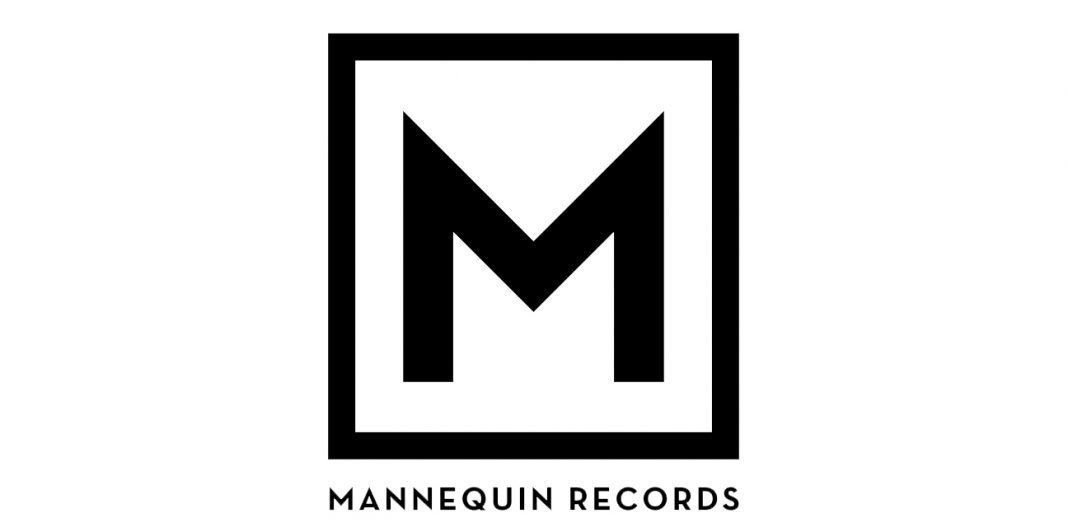Fotos: Presse (Mannequin Records/Alessandro Adriani)
First published in Groove 163 (November/December 2016).
To accompany the Groove feature Zurück zum Dark Wave – Minimales aus kalten Zeiten in our current issue number 163, we feature an extended interview with Mannequin label owner Alessandro Adriani. His company is partly specialized in releasing Italian minimal synth, EBM and industrial from the past and beside addresses like Minimal Wave, Dark Entries, Vinyl On Demand or Blackest Ever Black a key-label in the contemporary re-issue scene of Synth-Pop, EBM, Industrial, Dark- und Minimal-Wave out of the late 1970es and 1980es. With Groove Adriani spoke about his archaeological aims as a label owner, Berlin, his work as a producer and parts of his life which are not guided by music.
Alessandro, can you introduce yourself and tell us what you do?
I’m the owner and co-founder of Mannequin Records, running this madness since 2008. The label always had the dual and parallel aim to unearth hidden or unpublished gems from the Minimal Synth, Post-Punk, EBM, Industrial, experimental era in the late 70s to mid 80s until today.
What were your experiences and interests in music culture and business, before you launched Mannequin in 2008?
I have a degree in psychology and a masters degree in communication and music marketing. I started to work when I was 18 and since then I have never stopped. When I was young, I also used to do very hard work like moving frozen food at -20°C or selling telephone contracts door-to-door for three years. Especially this last one was hardcore. To have a direct contact with people and sometimes in very dangerous situations (a couple of times they opened the door with a gun in their hands) is not really easy. I consider it a deep internal (me as a person related with other persons) and external (how persons interact in different contexts) anthropological research.
What is your musical background in general?
Rome was always a pulsation electronic music city, including the Techno scene with people like Lory D, Leo Anibaldi, SNS and others. It was a big inspiration for me. I used to listen all that stuff on the local radio. It was so sick. Besides that, I started to develop an interest for Industrial, Dark Wave, Synth Wave and Psychedelic Rock.
How do you search for the music you re-release? And is it hard to license old music today?
Doing reissues is an archaeological affair, but in some ways the work also has sociological and psychological qualities. The internet has made it much easier to contact people, but beyond this lies a longer and sometimes more complex situation. I’ve started looking for bands that end up to be on Danza Meccanica compilation five years before the release date. Artists can be hard to reach, hard to deal with, and sometimes they don’t want their music to resurface. I’ve contacted people and they don’t want to know about being reissued. The music we want to get back is obscure, complex and personal. And it often corresponds with dark times in people’s lives that they’d rather not revisit.

Minimal Wave, Mannequin, Vinyl On Demand, parts of Blackest Ever Black: there are many labels who excavate old forgotten music from the Wave, Post-Punk and 80es DIY era. Do you see yourself as part of that loose scene? And how do you think did that global interest to such music rose up these days?
I don’t think really that there is a real scene. The interest for this music started to spread around in some part of the world where it had never been popular at all. I will never stop to highlight the importance of file sharing, with Soulseek in first position, and then Blogspot mp3 rippers. They unearthed 90% of this obscure music that people are listening to and that has not even been re-released nowadays. The work of Minimal Wave, Dark Entries, Vinyl on Demand is incredible. Deep respect also to Kiran Sande from Blackest Ever Black for keeping also an eye into that, he did some of my last year’s favourite reissues.
How much lead time do you need for a proper re-release including the search for right holders, art works, original tapes and so far?
This is the most insane process. The first thing to do of course is to look after the owner of the copyrights. Then you always have the problem to find out if they still have the original master tapes, which in only 30% of the cases they do. If not, everything is lost or left in some part of the world. Often 30 to 35 years have passed and not everybody archived the material correctly. I really admire what Frank Bretschneider did with the catalogue of his old label klangFarBe founded in 1985. He was really accurate and digitalized already everything in the early 90s. The compilation we put out, Klangfarbe – German Democratic Republic Tape Music, sounds really perfect. A band I was really proud to reissue is Bourbonese Qualk. To re-release their music was a dream.
Where do you master your releases and how important is this process for you?
The Dutch electronic musician Ruud Lexk aka Rude66 is taking care of it. He is the best. It’s not an important process only for me, it’s just an important process in general. It’s useless to have something that looks like a Ferrari and then you put in the engine of a Fiat 500. Often I hear some mastering works that are really awful. Amateur knowledge doesn’t really work in this process, it is pure science. Dear label owners, please always carefully take care of this process!
Mannequin releases mostly limited vinyl editions. Can you tell us why? How important are the non-musical components of your releases, i.e. packaging and album art?
I think this is the good quantity, 300 for the singles and 500 for the LPs. If the demand is higher, we are always open for repressing. I’m not interested in keeping the music limited to a small bunch of nerds. We must spread it as much as we can. Packaging and album art are mostly curated by myself and have a high priority. I haven’t yet found the killer graphic design for Mannequin, and I would love to. Is anyone out there? I am curious to check your works!



